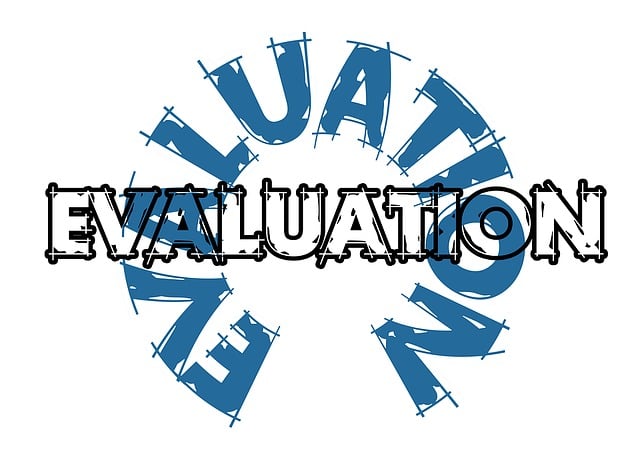In real estate, Comparable Sales Analysis is a powerful tool that uses recent sales data of similar properties to accurately estimate property values. Experts consider factors like size, age, location, amenities, and market conditions for unbiased valuations. This method guides informed decisions for buyers, sellers, and investors while promoting transparency and trust. Professionals employ various methods and digital tools, including advanced online platforms and local MLS data, to ensure comprehensive and precise valuations.
In the dynamic realm of real estate, accurately assessing home prices is paramount for both buyers and sellers. This article delves into the art of comparable sales analysis, a crucial tool used by professionals to gauge property values. We explore the methodologies behind this process, highlighting key factors that influence pricing. Additionally, we provide insights on essential tools and resources, ensuring readers are equipped with knowledge to navigate the market effectively in their real estate endeavors.
Understanding Comparable Sales Analysis in Real Estate

In real estate, Comparable Sales Analysis is a critical tool that appraisers and professionals use to estimate property values. It involves evaluating recent sales data for similar properties within the same area to arrive at an accurate assessment of a given home’s worth. By comparing like with like—taking into account factors such as size, age, location, amenities, and market conditions—experts can determine a range that reflects the current real estate landscape accurately.
This method ensures that property valuations are unbiased and based on empirical data. It helps buyers, sellers, and investors make informed decisions by providing a clear understanding of what similar properties have sold for. In turn, it contributes to a transparent market where everyone has access to reliable information, fostering trust and confidence in the real estate sector.
The Methodologies Behind Assessing Home Prices

Professionals in real estate utilize a range of methodologies to assess comparable home prices, ensuring accurate valuations that are crucial for buyers, sellers, and investors alike. One common approach involves market analysis, where agents examine recent sales data of similar properties within the same neighborhood or area. By comparing key factors such as size, features, age, and condition, they can establish a baseline for pricing.
Another sophisticated method is cost-based appraisal, which estimates a property’s value by considering the costs to replicate or replace it. This includes building materials, labor, and other expenses. Additionally, income approach valuation is employed for investment properties, analyzing potential rental income and capital gains to determine market value. These diverse techniques collectively provide a comprehensive understanding of home prices in any given real estate market.
Tools and Resources for Accurate Comparisons

Professionals in the real estate industry rely on a variety of tools and resources to make accurate comparable price assessments. These include advanced online platforms and software designed to analyze market data, track trends, and provide insights into property values. Such tools often incorporate complex algorithms that factor in multiple variables such as location, square footage, amenities, condition, and recent sales data from similar properties.
In addition to digital tools, real estate agents and assessors may also leverage local multiple listing services (MLS), government databases, and industry publications for up-to-date information on comparable property sales. These resources enable professionals to identify and compare homes with similar characteristics within a specific geographic area, ensuring more precise valuations.






